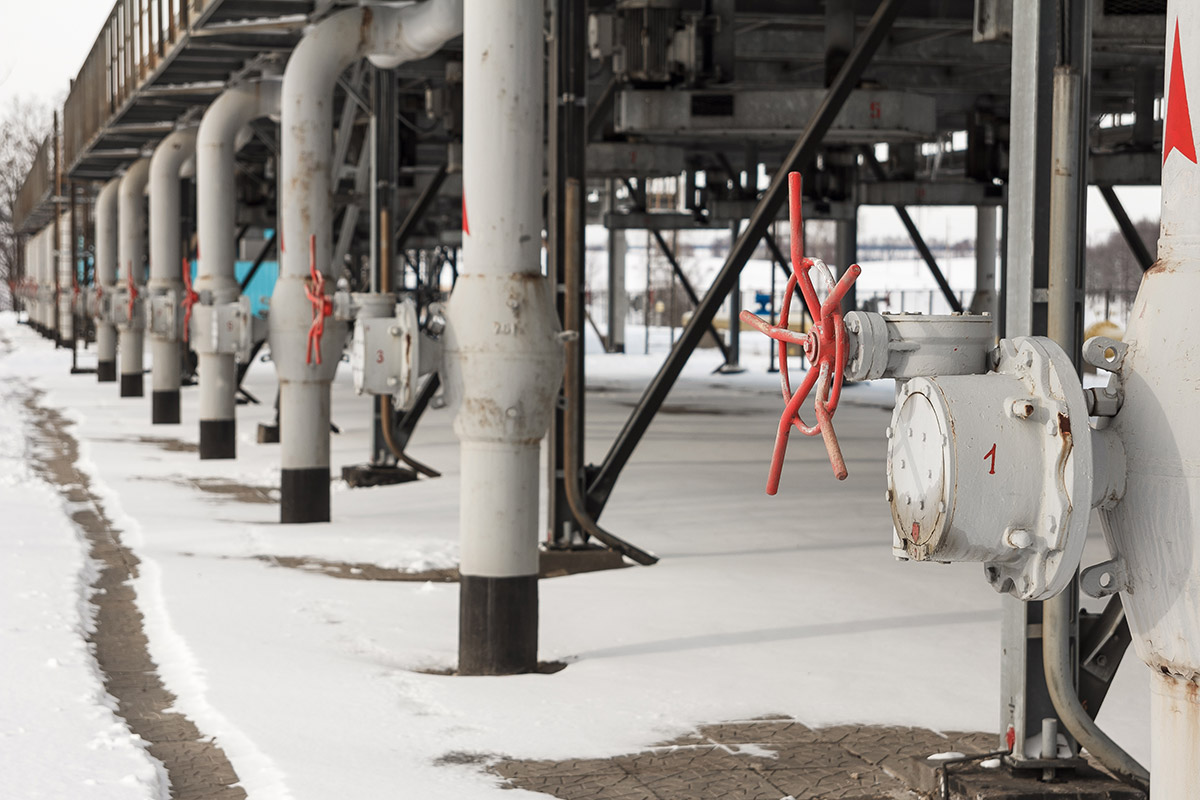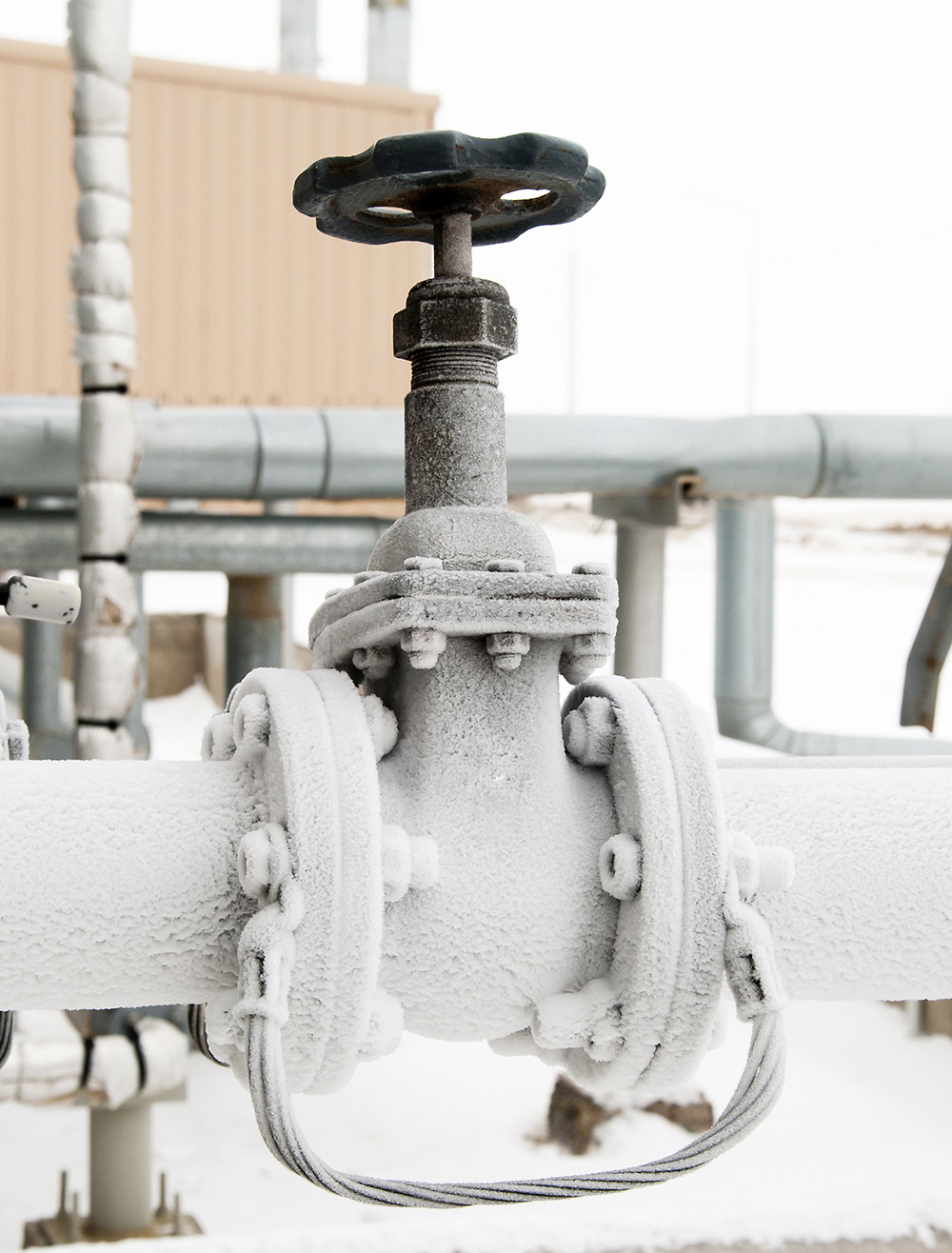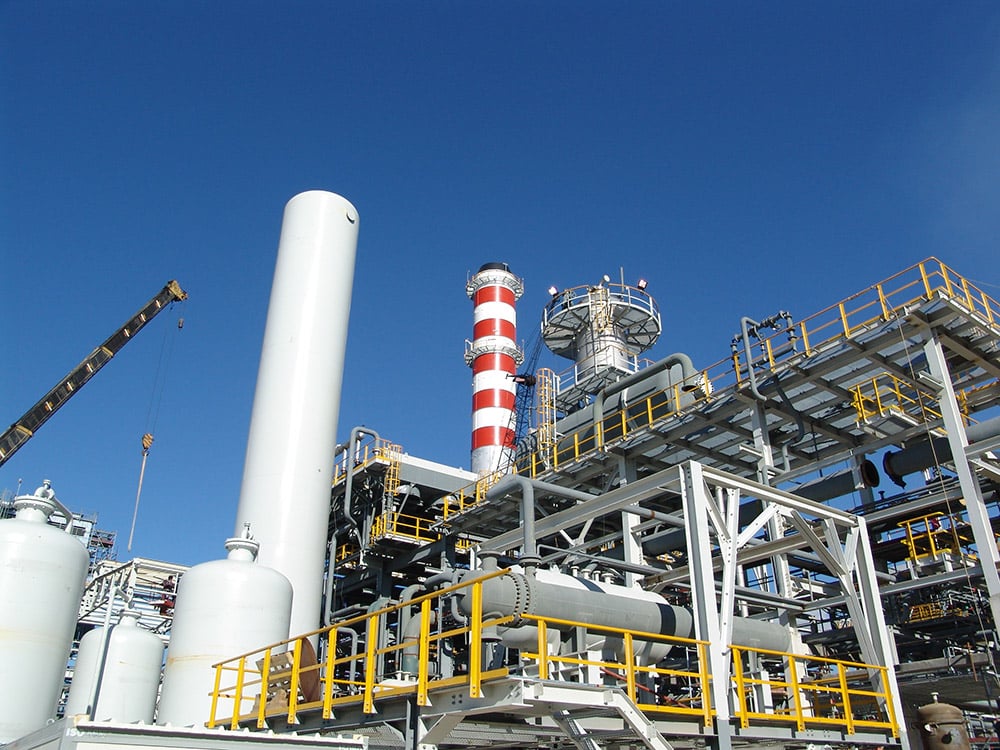
The design and operation of a hydrogen plant can present unique challenges, and cold winter weather only makes things more difficult. As temperatures drop, hydrogen plants need to be prepared for the challenges posed by cold weather—especially in the Alberta winter.
Without effective industrial winterization practices at your hydrogen plant, you run the risk of serious safety hazards. Frozen pipes, condensation, and instrumentation failures can happen quickly and easily, leading to catastrophic failures. In this article, we’ll go over both pre-winter and post-winter best practices to prepare for cold weather and recommend resources to help you implement the best industrial winterization practices for your hydrogen plant.
Winterization of a hydrogen facility should start with a post-winter recap of lessons learned. Any challenges or incidents related to low temperatures and their impact on piping, equipment, and instrumentation should be evaluated to understand what went wrong and how they can be prevented in the future. Document the lessons learned and share the findings with all groups responsible for winterization practices.
In addition to lessons learned, proactively identify and address other potential freeze-related risks to piping and process equipment through process hazard analyses, management of change (MOC) evaluations, and safety and operating procedure reviews.

Based on risk analysis and lessons learned, establish formal, documented winterization procedures and update and train personnel to them yearly. A formal, written winterization program can help ensure nothing is missed when it’s time to prepare for next winter. Procedures should include winterization checklists specifying every step to prepare for cold weather. They should also include best practices for returning the plant to normal operations post-winter.
Your winterization strategies will be unique depending on the local climate and the equipment in the plant. Regardless of the conditions, it will likely need to address the following information:
Winterization procedures need to be tailored to the plant, so it is important to capture lessons learned each year post-winter and update the winterization plan as needed. Implementing these lessons will protect process equipment from cold temperatures, preventing serious incidents.
Ideally, winterization should begin in the late summer or early fall to allow plenty of time to identify and fix any potential issues. Thorough pre-winterization walk-downs of the entire plant should be conducted during this time. A standard winterization procedure with a checklist of important items is essential to ensure no potential hazard is missed.
Many of the necessary winterization activities will be unique to the location. Still, there are a few common best practices to consider:
Heat tracing is essential to avoid frozen pipes, which can rupture. This includes piping in safety systems, such as fire protection systems and safety showers, which must always be operable. To ensure hydrogen plant safety, you should heat trace the water supply to these systems throughout the plant.
Winter temperatures vary considerably, and no equipment is designed to perform in all temperature conditions. When it comes to winterizing plant equipment, OEMs may not be able to provide an ideal or permanent solution for your plant’s specific winterization risks. When this is the case, look to other vendors who can help resolve inherent design issues and create a custom solution for your plant. Bringing in onsite field services will help your vendor identify risks and understand exactly what components or upgrades will provide the best reliability and protection.
 Industrial winterization is not optional for hydrogen plants where winter temperatures drop to dangerous lows. Taking the appropriate measures to prevent cold weather-related incidents keeps your plant, your employees, and the environment safe.
Industrial winterization is not optional for hydrogen plants where winter temperatures drop to dangerous lows. Taking the appropriate measures to prevent cold weather-related incidents keeps your plant, your employees, and the environment safe.
Edmonton Valve & Fitting has been helping customers optimize and protect industrial fluid systems for over 50 years. Our experience positions us as an invaluable resource for Alberta’s growing hydrogen industry. Our expert Field Advisors are available for onsite or virtual consultations to help with risk analysis, leak detection, system optimization, component selection, and industrial winterization of hydrogen plants. Whatever your fluid handling needs, we have the expertise to help.

Lorem ipsum dolor sit amet, consectetur adipiscing elit. Suspendisse tempor nisi ut vehicula commodo.
Learn More →
Lorem ipsum dolor sit amet, consectetur adipiscing elit. Suspendisse tempor nisi ut vehicula commodo.
Learn More →
Lorem ipsum dolor sit amet, consectetur adipiscing elit. Suspendisse tempor nisi ut vehicula commodo.
Learn More →
Lorem ipsum dolor sit amet, consectetur adipiscing elit. Suspendisse tempor nisi ut vehicula commodo.
Learn More →
Lorem ipsum dolor sit amet, consectetur adipiscing elit. Suspendisse tempor nisi ut vehicula commodo.
Learn More →
Lorem ipsum dolor sit amet, consectetur adipiscing elit. Suspendisse tempor nisi ut vehicula commodo.
Learn More →
Lorem ipsum dolor sit amet, consectetur adipiscing elit. Suspendisse tempor nisi ut vehicula commodo.
Learn More →
Lorem ipsum dolor sit amet, consectetur adipiscing elit. Suspendisse tempor nisi ut vehicula commodo.
Learn More →
Lorem ipsum dolor sit amet, consectetur adipiscing elit. Suspendisse tempor nisi ut vehicula commodo.
Learn More →Swagelok is a $2B developer of industrial fluid system products and services. Swagelok Edmonton is an authorized Swagelok Sales and Service Centre serving Canadian companies in clean energy, chemical, oil and gas, and other industries. Proud member of the Canadian Council for Aboriginal Business.
Tel: 780-437-0640.
Swagelok Edmonton values your privacy. This website uses cookies to enhance user experience and analyze performance and traffic. Our policies are posted here.
Login/Register | Privacy | Safe Selection | Centre Locator | Sitemap | Legal
© 2012-2024 Edmonton Valve & Fitting Inc.